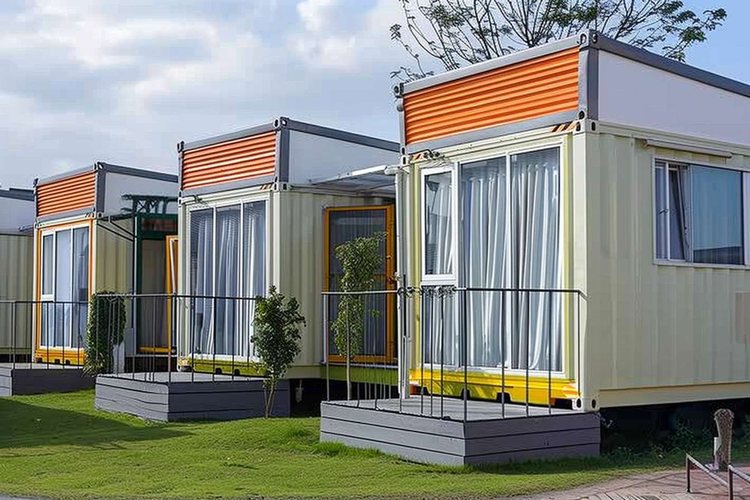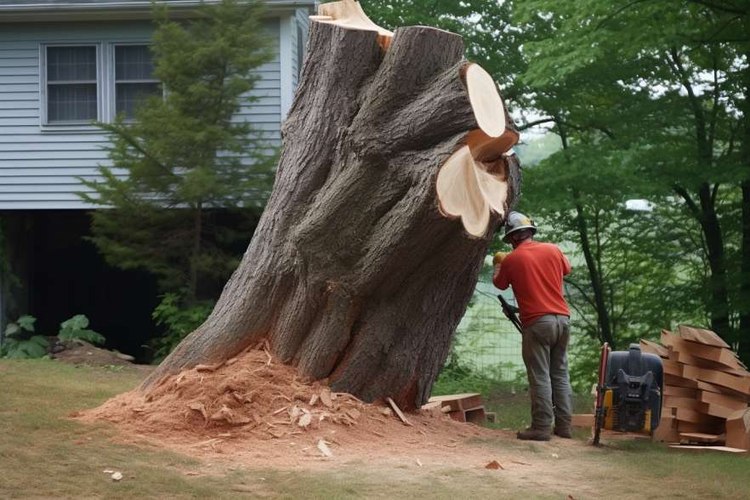Prefab Homes: A Smart Solution for Senior Living and Aging in Place
As we age, our housing needs evolve, requiring spaces that support independence, safety, and comfort. Prefabricated homes, particularly mini prefab homes, have emerged as an innovative solution for senior living. These compact, factory-built structures offer numerous advantages for older adults looking to maintain their independence while downsizing or adapting their living environment. This article explores the benefits of prefab homes for seniors and how they cater to the unique requirements of aging in place.

What are the advantages of mini prefab homes for senior living?
Mini prefab homes offer several benefits that make them particularly attractive for senior living. First and foremost, these homes are designed with efficiency in mind, maximizing space utilization while minimizing maintenance requirements. This aspect is crucial for older adults who may find it challenging to keep up with the demands of a larger, traditional home.
Another significant advantage is the cost-effectiveness of prefab homes. With rising housing costs, prefabricated structures provide an affordable alternative without compromising on quality or comfort. The controlled factory environment in which these homes are built ensures consistent quality and reduces the risk of weather-related delays or on-site construction issues.
Moreover, mini prefab homes can be customized to meet specific needs and preferences. This flexibility allows seniors to create a living space that truly reflects their lifestyle and accommodates any mobility or health-related requirements they may have.
Which features make prefab homes suitable for aging in place?
Prefab homes can be designed with numerous features that support aging in place, allowing seniors to maintain their independence for longer. One of the most important aspects is accessibility. These homes can be built with wider doorways, zero-threshold entrances, and spacious bathrooms to accommodate wheelchairs or walkers.
Safety features are another crucial element in prefab homes for seniors. Non-slip flooring, grab bars in bathrooms, and well-lit spaces can significantly reduce the risk of falls and accidents. Additionally, smart home technology can be seamlessly integrated into prefab designs, allowing for remote monitoring, automated lighting, and voice-controlled systems that enhance both safety and convenience.
Energy efficiency is also a key feature of modern prefab homes. With better insulation and advanced HVAC systems, these homes can maintain comfortable temperatures while keeping utility costs low – an important consideration for seniors on fixed incomes.
What health and safety considerations are important in small home design for seniors?
When designing small homes for seniors, several health and safety considerations come into play. Proper ventilation is crucial to maintain good indoor air quality, especially important for older adults who may have respiratory issues. Adequate natural lighting not only reduces eye strain but also helps regulate sleep patterns and mood.
Ergonomic design is another vital aspect. Countertops, cabinets, and appliances should be positioned at comfortable heights to prevent strain and reduce the risk of injury. Flooring choices are equally important; non-slip surfaces with good traction can significantly decrease the likelihood of falls.
In terms of health management, prefab homes can be designed to include spaces for medical equipment or therapy needs. Some designs even incorporate telemedicine corners, allowing seniors to easily connect with healthcare providers remotely.
How do prefab homes support independent lifestyles after retirement?
Prefab homes are instrumental in supporting independent lifestyles for seniors post-retirement. The compact nature of these homes reduces the physical demands of home maintenance, allowing residents to focus their energy on activities they enjoy. Many prefab communities also offer shared amenities and social spaces, fostering a sense of community and reducing isolation – a common concern among older adults.
The adaptability of prefab homes is another factor that supports independence. As needs change over time, these homes can often be modified more easily than traditional structures. This flexibility ensures that the living space can continue to meet the evolving requirements of its residents without necessitating a move.
Furthermore, the affordability of prefab homes can help seniors stretch their retirement savings further. Lower housing costs mean more resources available for healthcare, hobbies, or travel, contributing to a more fulfilling retirement lifestyle.
What innovative space-saving solutions are used in compact homes for seniors?
Compact prefab homes for seniors often incorporate innovative space-saving solutions to maximize functionality without sacrificing comfort. Multi-purpose furniture is a common feature, such as beds that fold into walls or dining tables that can be expanded or collapsed as needed. Built-in storage solutions, like under-stair drawers or ceiling-high cabinets, help keep the living area clutter-free and organized.
Modular design concepts allow for flexible room configurations, adapting spaces to changing needs. For instance, a home office can be easily converted into a guest room or a therapy space. Some designs even include movable walls, enabling residents to reconfigure their living areas as desired.
Outdoor spaces are also thoughtfully integrated into compact prefab homes for seniors. Foldable patio furniture, vertical gardens, and retractable awnings allow for the creation of outdoor living areas that can be easily maintained and enjoyed.
| Provider | Key Features | Estimated Cost Range |
|---|---|---|
| Clayton Homes | Energy-efficient designs, customizable floor plans | $80,000 - $150,000 |
| Champion Home Builders | ADA-compliant options, smart home technology | $100,000 - $200,000 |
| Blu Homes | Eco-friendly materials, folding technology for expanded spaces | $150,000 - $350,000 |
| Plant Prefab | Custom designs, focus on sustainability | $170,000 - $500,000 |
Prices, rates, or cost estimates mentioned in this article are based on the latest available information but may change over time. Independent research is advised before making financial decisions.
Prefabricated homes offer a compelling solution for seniors looking to maintain their independence while addressing the unique challenges of aging. With their customizable designs, focus on accessibility and safety, and innovative use of space, prefab homes are well-suited to support comfortable and fulfilling lifestyles for older adults. As the demand for senior-friendly housing continues to grow, the prefab industry is likely to evolve further, offering even more tailored solutions for aging in place.




